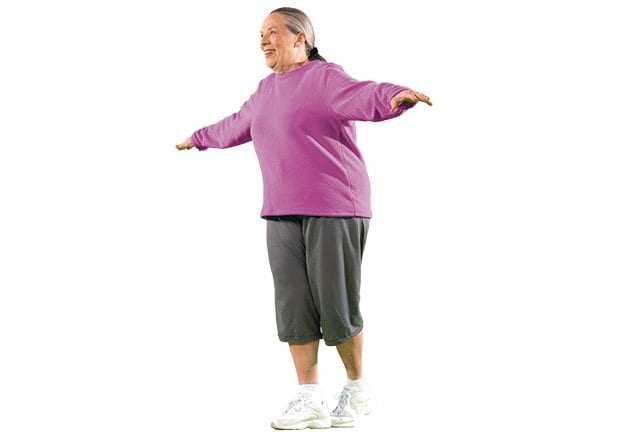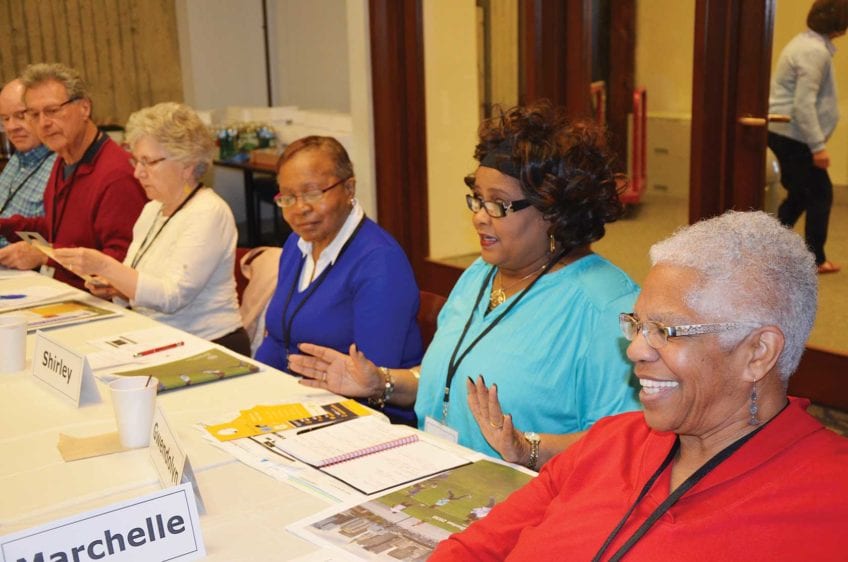
Having good balance can prevent falls and help make everyday activities easy and safe.
Practice the following exercises to improve and maintain balance.

Stand on One Foot
Stand on One Foot
- Stand on one foot behind a sturdy chair, holding on for balance.
- Hold position for up to 10 seconds.
- Repeat 10-15 times.
- Repeat 10-15 times with other leg.
- Repeat 10-15 more times with each leg.
TIP: For an added challenge, you can modify this exercise by not holding on or doing the exercise with your eyes closed.

Balance Walk
Balance Walk
- Raise arms to sides, shoulder height.
- Choose a spot ahead of you and focus on it to keep you steady as you walk.
- Walk in a straight line with one foot in front of the other.
- As you walk, lift your back leg. Pause for 1 second before stepping forward.
- Repeat for 20 steps, alternating legs.

Heel-to-toe Walk
Heel-to-toe Walk
- Position the heel of one foot just in front of the toes of the other foot. Your heel and toes should touch or almost touch.
- Choose a spot ahead of you and focus on it to keep you steady as you walk.
- Take a step. Put your heel just in front of the toes of your other foot.
- Repeat for 20 steps.
TIP: If you are unsteady on your feet, try doing this exercise near a wall so you can steady yourself if you need to.
Source: National Institute on Aging, National Institutes of Health







